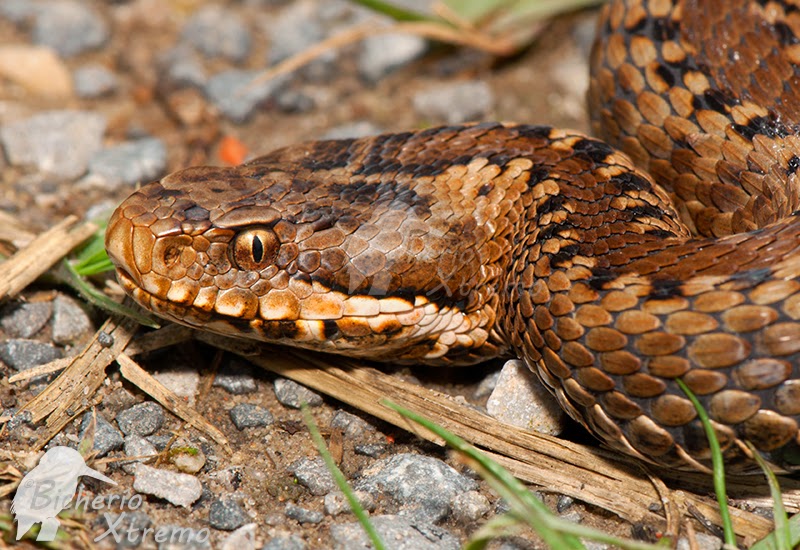Since 101 cane toads were introduced to Australia in 1935 — in a misguided attempt at pest control in sugarcane fields on the northeastern coast of Queensland — the invasive amphibians have quickly spread west and wreaked havoc. The toads are toxic, and many native animals have died after eating them. Leer más.





You’d think the warmer waters in the Gulf of Mexico would be a good thing for sea turtles — the turtle equivalent of excellent weather — but the warmed-up waters may be causing problems for the creatures, according to researchers at the University of Texas Marine Science Institute. Leer más.
When Kai Xu, a Canadian resident, was apprehended at the Windsor-Detroit border crossing last month with more than 50 turtles — poached from the Canadian wilderness and ultimately bound for China — experts knew it wasn’t an isolated incident. Leer más.
The United Nations Convention on Biological Diversity (CBD) has adopted new guidelines to prevent and control biological invasions by pets, aquarium and terrarium species, live bait and live food. The new guidance is largely based on input from the IUCN Species Survival Commission (SSC) Invasive Species Specialist Group (ISSG). Leer más
 | Os dejo unas fotucas de una hembra típica de Víbora cantábrica (Vipera seoanei seoanei) de ayer en la campiña atlántica de Ajo (Cantabria). Espero que os gusten… Ir al enlace. |






